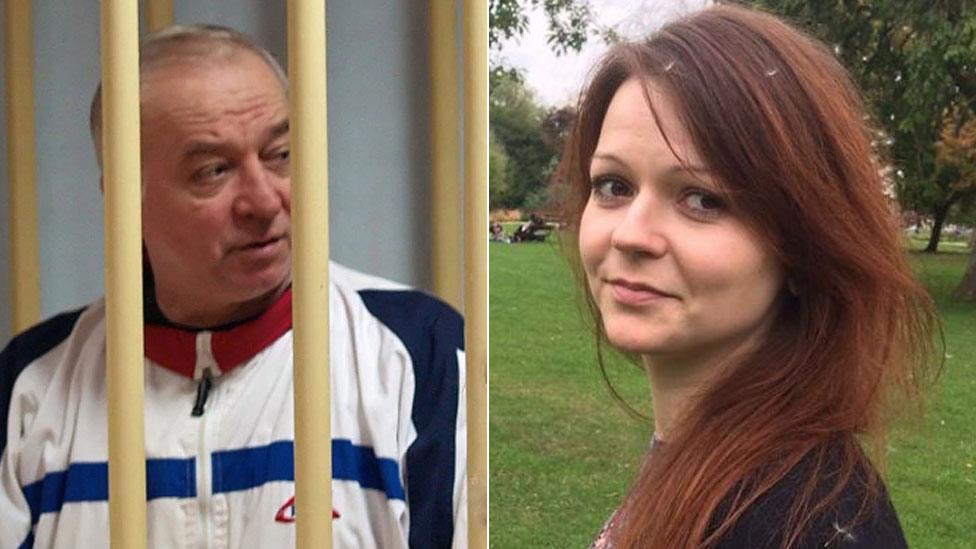The secret operation into Novichok attack suspects
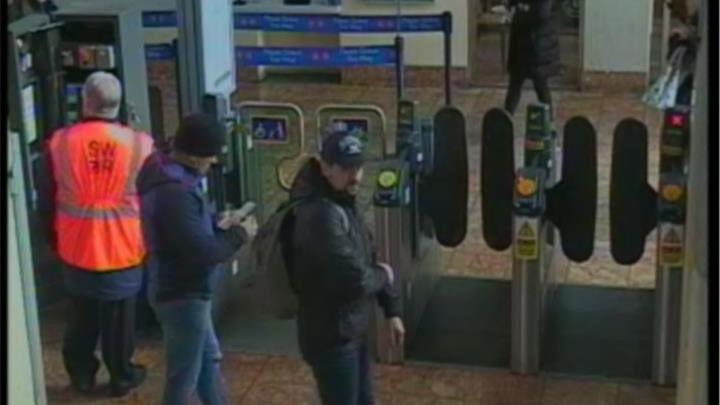
The suspects were tracked on CCTV in Salisbury, including at the railway station.
- Published
Two suspects in the Salisbury poisoning visited the city "for reconnaissance purposes" the day before setting their attack in motion, an inquiry has been told.
Commander Dominic Murphy, head of the Metropolitan Police's Counter Terrorism Command, gave evidence on Tuesday to the inquiry into the death of Dawn Sturgess.
He said mobile phone cell site data from 3 March 2018 showed all three of the Russian agents involved met at Waterloo station before two of them travelled to Salisbury.
The Kremlin has always denied they were involved in the attack.
The inquiry has been hearing details of the "top secret" operation - called Operation Catervan - into the Russian agents suspected to be involved.
The suspects seen in Salisbury were identified as Ruslan Boshirov and Alexander Petrov.
However, these were aliases, with their real names were later revealed to be Alexander Mishkin and Anatoliy Chepiga.
Police tracked the movements of the men using mobile numbers and CCTV, which showed they may have stayed in Salisbury to check to see if their mission had been a success.
A third man, using the alias Sergey Fedotov, was with the pair in London but not in Salisbury. His real name is believed to be Denis Sergeev.
All three men have been charged over the attack on Sergei Skripal and his daughter Yulia, but not the death of Dawn Sturgess.
Nobody has been charged with her murder after she came into contact with the nerve agent by accident.
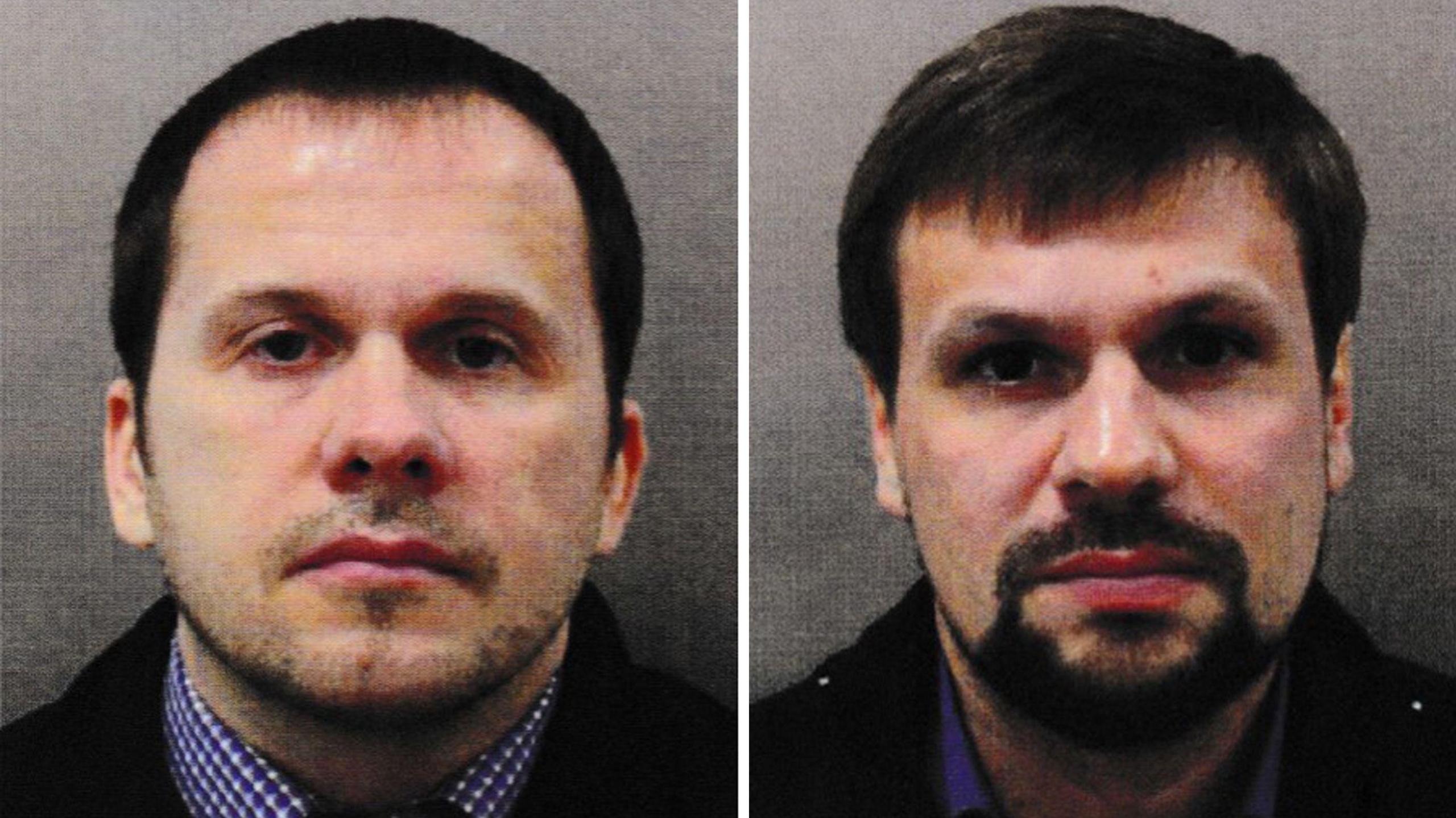
Alexander Petrov and Ruslan Boshirov, not their real names, were charged over the attack
Commander Murphy said Operation Caterva was “a small team based on need-to-know" and was rated “top secret”.
Charges against the Russians were under their alias names, so that is how they are being referred to in the inquiry.
Petrov and Boshirov were members of the Russian intelligence unit known as the GRU, said Commander Murphy.
The trio were charged with conspiracy to murder, three counts of attempted murder, two counts of grievous bodily harm with intent, and one count of use or possession of a chemical weapon.
Those charges relate to the events in Salisbury in March 2018, not the subsequent death of Ms Sturgess after she came into contact with Novichok a few months later.
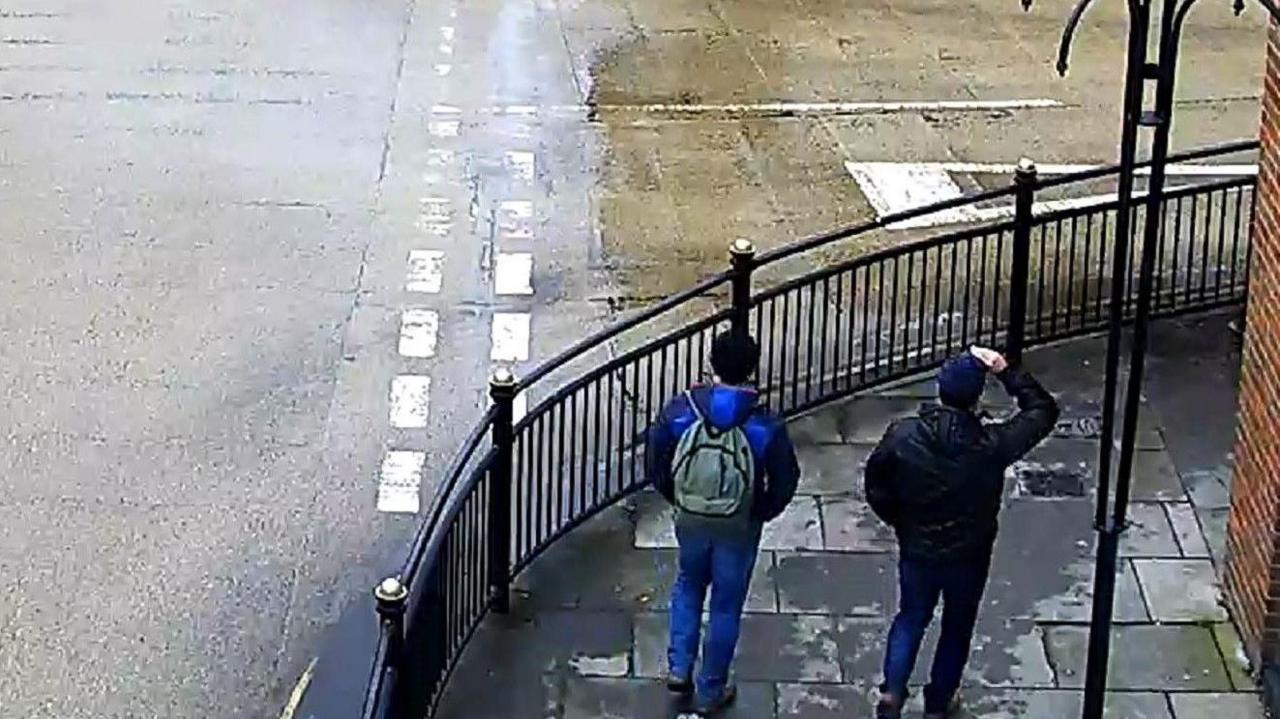
The men's movements were tracked around Salisbury using the town's CCTV network
The suspects' movements were pieced together after the attack, with all three arriving in London on 2 March, 2018, and leaving on 4 March on Aeroflot flights.
Application forms show they all arrived with approved UK visas – applied for and granted in 2017.
All put phone numbers on the forms, which proved useful when it came to tracing their movements.
Commander Murphy believes the third man - Fedotov - was a co-ordinator or "at least a support mechanism".
“It just seems fantastical to me that they would all three be in London at the same time for a short period over one weekend" he explained.
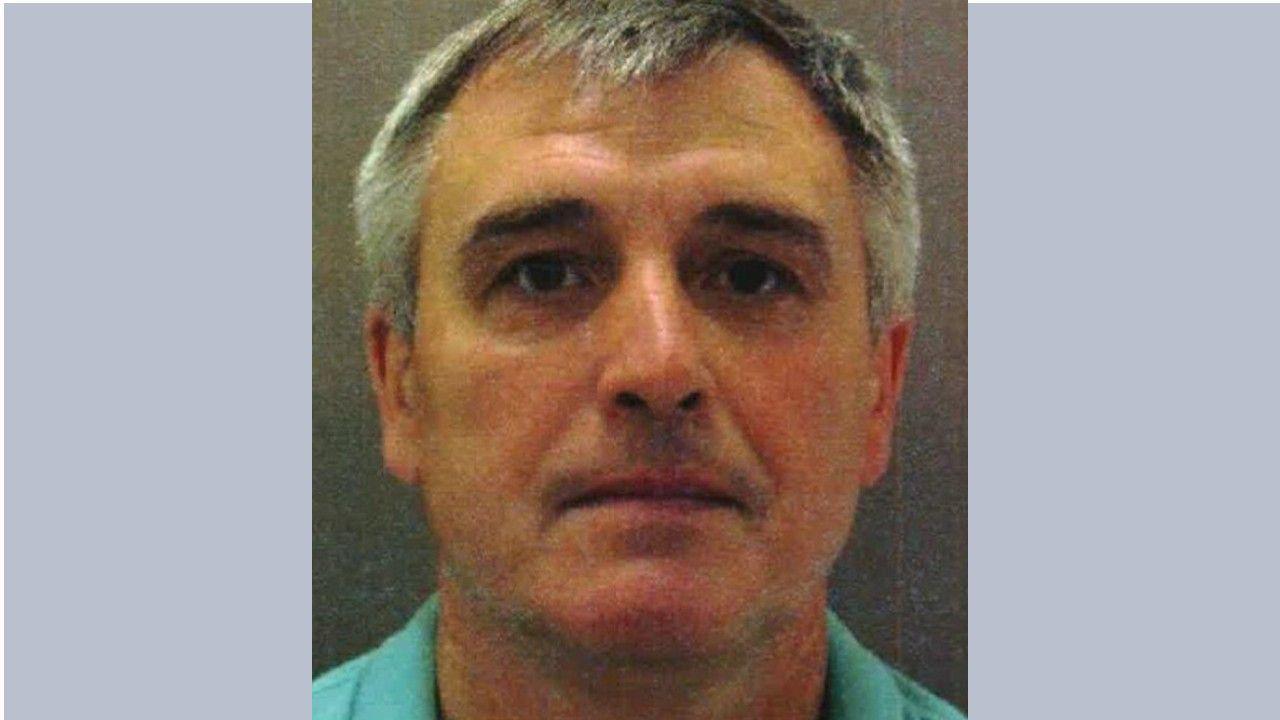
Denis Sergeev used the alias Sergey Fedotov during the 2018 operation in the UK
Mobile phone mast data showed Petrov and Fedotov were next to each other for about half an hour near Waterloo Station, just before Petrov and Boshirov caught the train to Salisbury on 3 March.
The pair famously gave an interview to Russian TV where they said they wanted to see the 123m high spire of Salisbury Cathedral.
But Commander Murphy said they did not go to see the sights and instead went away from the city centre to the area around Christie Miller Road where the Skripals lived.
The reconnaissance mission before the poisoning happened when the Skripals were not at home - Sergei had gone to pick up his daughter Yulia from the airport.
On 4 March, the day of the poisoning, the two agents who went to Salisbury checked out of the City Stay Hotel in Bow.
Two months later, tiny traces of Novichok were found near the sink and window in their room.
There was a 15-minute period on the day of the poisoning when there was no CCTV on Christie Miller Road.
That meant security services believe the Novichok was applied to the front door handle of the Skripals' home between 12:00 and 12.15 BST.
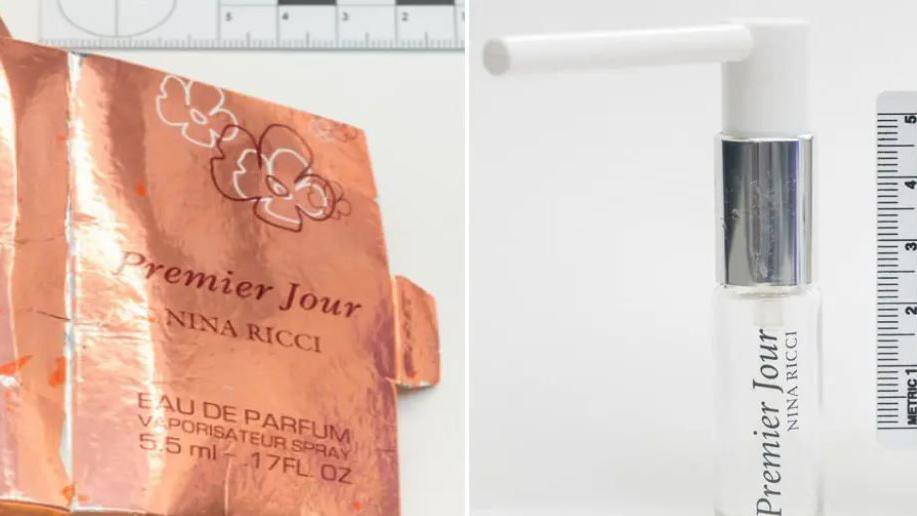
Dawn Sturgess's partner Charlie Rowley said he saw the perfume bottle that contained Novichok in a bin in Salisbury.
Before they got a train back to London at 14:33 BST that day, CCTV captured the two agents walking past the station and going back to Devizes Road - near to Christie Miller Road.
This would have been just in time to witness the Skripals leaving the house, if the agents had wanted to make sure the plan had worked, the inquiry was told.
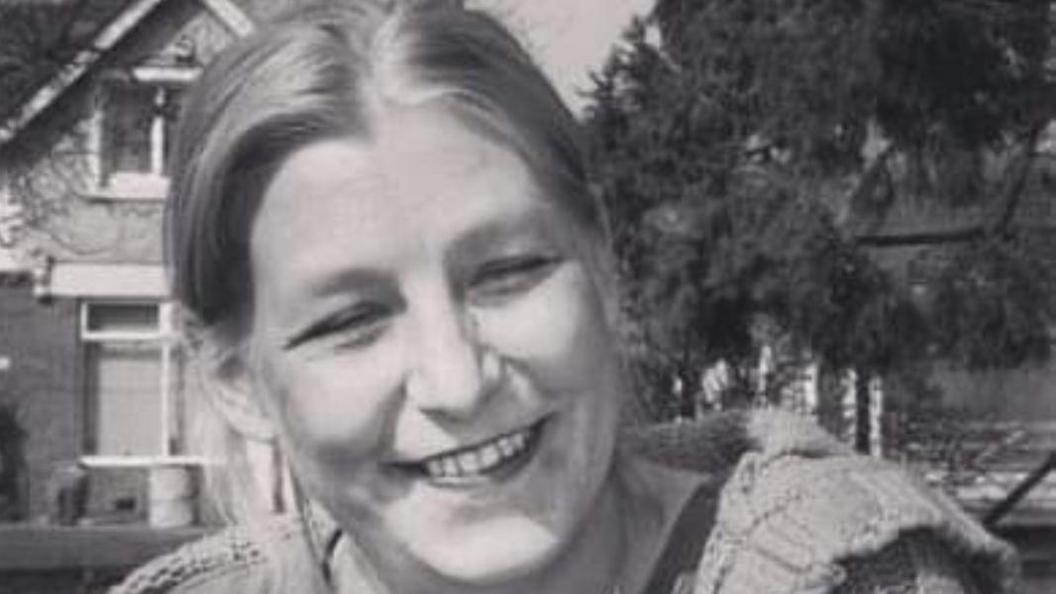
Dawn Sturgess died after coming into contact with the nerve agent from a discarded bottle - months after it had been used to attempt to kill a former spy.
The bottle with Novichok inside that led to Ms Sturgess' death looked like ordinary perfume - appearing as a Nina Ricci box and bottle.
Commander Murphy said it is not known how it actually arrived in the UK.
He did say that it was "entirely possible" that Fedotov - who was in London, but not Salisbury - handed the nerve agent over to the others.
Asked if he was able to say whether detection systems at Gatwick or Heathrow would have identified Novichok if it had been carried in hand or hold baggage, Mr Murphy said he was not able to talk about that in the open session.
The Russian government has always denied its involvement in the Salisbury poisonings and the three suspects have never been arrested.
The inquiry continues.

BBC Sounds: Salisbury Poisonings
Keep up to date with the latest from the inquiry with our podcast.
Listen to the episode on BBC Sounds.

Follow BBC Wiltshire on Facebook, external, X, external and Instagram, external. Send your story ideas to us on email or via WhatsApp on 0800 313 4630.
- Published11 October 2024
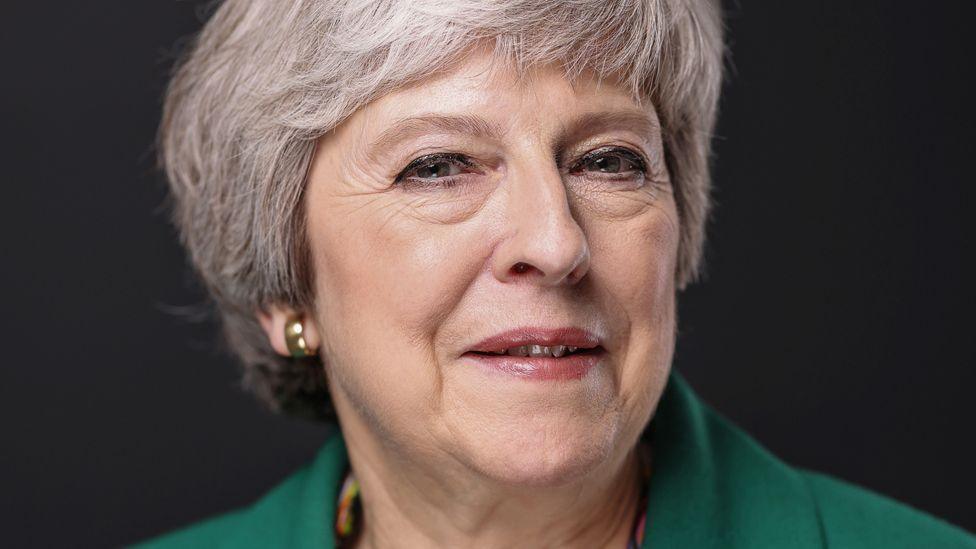
- Published30 July 2018
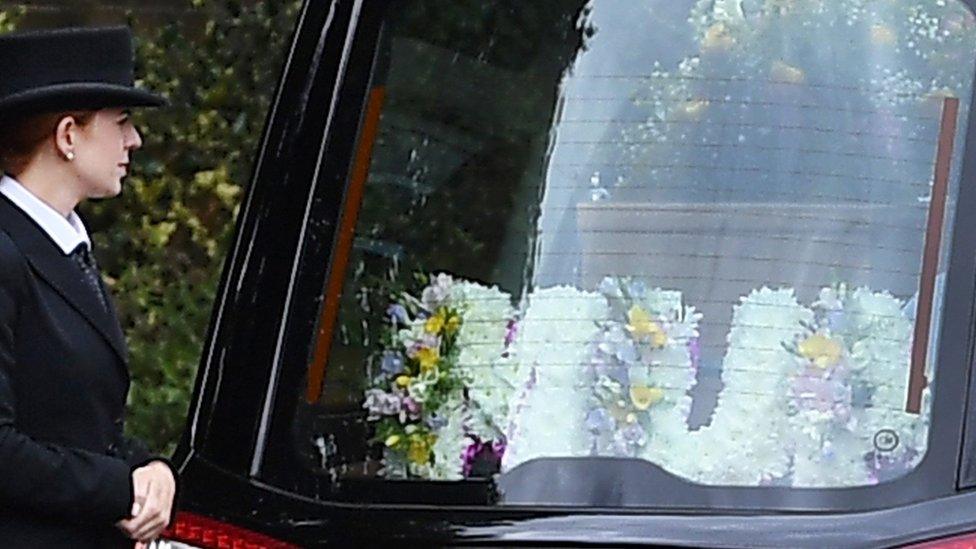
- Published4 March 2020
